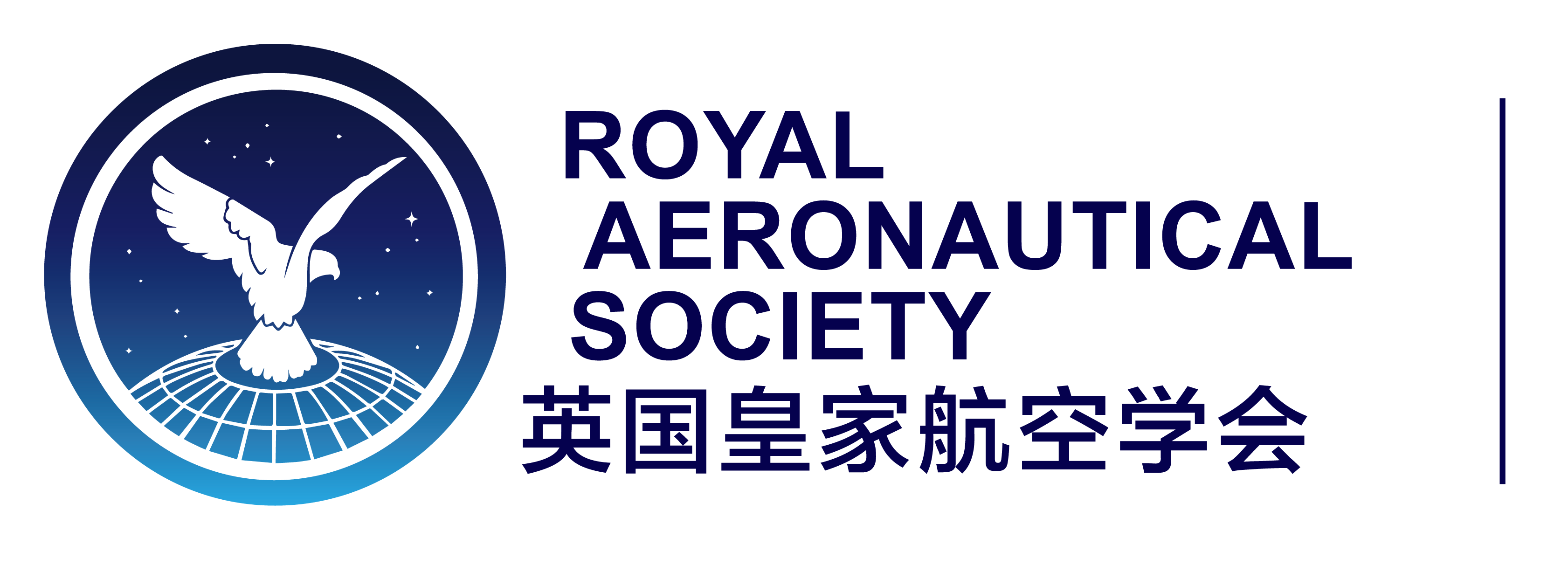Only one person left – is the aviation industry ready for Solo Pilot Operations (SPO)?
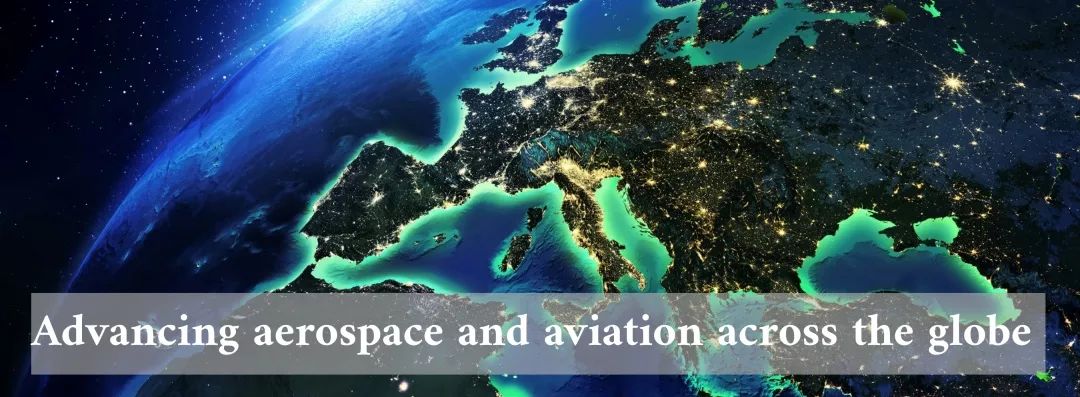
Ahead of the Royal Aeronautical Society's Single Pilot Operations Conference in March, Captain Sebastian Hall from Emirates Aviation University analysed public perception of the concept of flying solo.
Advances in automation have led some in the industry to question whether two pilots are still necessary. But the concept of solo pilot operations (SPO) has become a highly controversial topic, with pilot unions saying it is typical of large corporations putting profits over safety.
The controversy looks similar to the Luddites and early trade union movements that protested industrialization in 18th-century England, but it has unprecedented characteristics in the aviation industry. In the past, the final arbiter of whether new technologies are safe is usually the regulator, and airlines, unions and manufacturers will try to influence the regulator's opinion. In the future of solo flights, these stakeholders believe that public opinion is the biggest factor.
As a result, these stakeholders have all started deliberate and explicit public information campaigns. Pilots unions around the world have been the most active in this regard, engaging in organized and militant campaigns that have even questioned the impartiality of regulators.
At the same time, equipment manufacturers, especially Airbus, have become de facto supporters of solo operations. They have become more intentional and thoughtful in their public information campaigns. Airlines, on the other hand, seem to be shying away from it. A re-examination of these public information strategies, analyzing and comparing them, can provide a glimpse into the future possibilities of solo operations.
Digging into the data
Data Mining
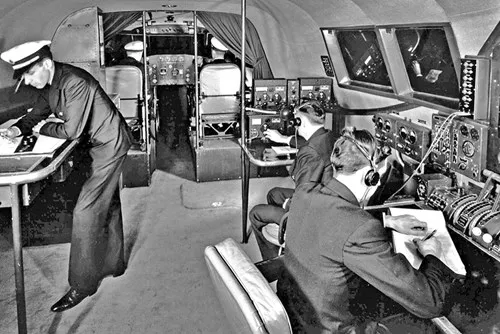
1939 Boeing 314 "Clipper" Flying Boat with 5 pilots
Advances in technology have always been fundamental to the development of aviation. Jet engines, computers, and modern composite materials are just a few examples of breakthroughs that have transformed aviation. And we may now be on the brink of another fundamental change in commercial aviation: the introduction of solo operations.
Although there have been many studies examining public attitudes toward solo operations, to date there has been no analysis of how industry stakeholders attempt to influence such attitudes. This paper will examine various behaviors that influence public perceptions of solo operations and assess how their strategies may shape the future development of solo operations.
This study uses a case study of the phenomenon to identify trends in the existing literature and draw conclusions about the strategies adopted by key stakeholders to influence the controversial issue of public opinion. The literature studied is diverse, ranging from classical economic theories to recent social media posts, and the main academic search engines are Google and Google Scholar.
Existing literature
Existing Literature
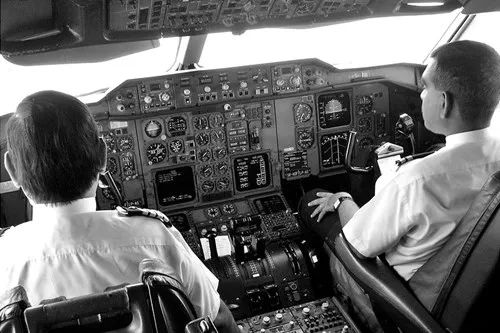
With the A310, Airbus reduces the number of crew members on wide-body aircraft from three to two
In 2012, a NASA technical exchange meeting highlighted the different public views on SPO. Some participants suggested that if the agency certifies that SPO can significantly reduce airfares, the public may be happy to accept SPO. Others believed that the public may be concerned that it will significantly reduce aviation safety.
Although the public's attitude towards SPO varies, it is generally believed that its implementation in the future is crucial. Myers et al. pointed out that the biggest obstacle facing SPO is the public's general perception of its impact on aviation safety, while Bennett et al. regarded public acceptance as a prerequisite for SPO.
Some researchers say public acceptance of automation technologies is increasing, given their rapid advancement in recent years, especially in the automotive industry.
Al Thani makes a similar point in his very comprehensive but not yet peer-reviewed paper on public attitudes toward SPOs. He asserts that, overall, people’s opinions of SPOs are getting better. However, the lack of comparative data or any kind of longitudinal research makes this claim somewhat dubious. Nonetheless, the large sample size and use of linear regression models allow his paper to provide useful quantitative data on the current relationship between respondent demographic characteristics and attitudes toward SPOs. Al Thani shows that neither the age or gender categories meet the standard threshold of p<0.05, meaning that the coefficients are not statistically significant. In other words, public opinion about SPOs is equally diverse across age and gender demographics. This insight may seem trivial, but it is still worth building on.
The 'cost' of a pilot
Pilot's "overhead"
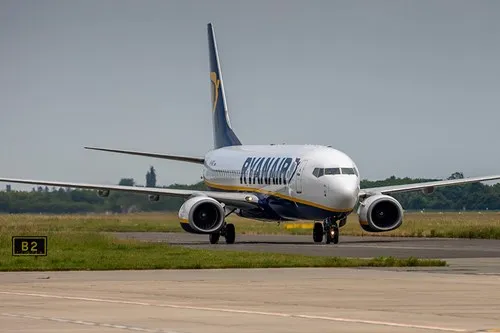
In 2010, Ryanair boss Michael O'Leary said he wanted to have only one pilot on his flights. (Ryanair)
Pilot salaries account for between 11% and 25% of the operating cost of each flight, depending on factors such as flight duration and the number of passengers on board. Some claim that airlines want SPO to reduce costs and increase efficiency.
Some also speculate that after the introduction of SPO, passengers will benefit from reduced airfares, but the pilots' union says this is not the case and airlines expect to reduce operating costs in order to increase profit margins.
As a possible rebuttal to this, Myers et al. pointed out that in the 12 years since 2000, 30% of US airlines filed for bankruptcy under Chapter 11 of the US Bankruptcy Code, mainly due to rapidly increasing operating expenses, including more than $9 billion in pilot labor costs. From a traditional economics perspective, simply by reducing the number of bankrupt airlines, there is no need for companies to actively offer consumers conscience prices, and increased market competition will keep ticket prices at a low level.
Furthermore, recent skyrocketing airfares, coupled with the theoretical possibility of lower fares, could also increase consumer acceptance of something that might have seemed risky in the past. However, especially on issues that are complex and difficult for the average person to understand, such as the impact of SPO on safety, studies purporting to assess public opinion have inherent and significant weaknesses.
Public attitudes are fluid and particularly difficult to measure through surveys. The responses given are often emotional and highly dependent on the specific wording of the question. Furthermore, passengers' perceptions of safety and unsafety may even be at odds with facts and figures. A good example is the seating layout of modern large passenger aircraft, where studies have long shown that rear-facing passenger seats are significantly safer than forward-facing seats in the event of an accident.
Early studies showed that passengers were ten times more likely to survive a crash if they sat in seats facing backwards. However, passengers felt safer facing forwards, so when choosing seats on older planes, some with the option of sitting forwards or backwards, the forward-facing seats always sold out first. So manufacturers responded to airline demand by switching to planes with only forward-facing seats.
Another cognitive bias related to consumer preferences that also applies to the introduction of something as controversial and novel as SPO is the Diffusion of Innovation theory, which states that only about 2.5% of consumers are willing to try a product or innovation when it is first released. Additionally, Acceptance Theory states that consumers will often have negative attitudes toward innovations, especially in the initial stages of its diffusion. Given that SPO may have an impact on consumers’ personal safety, rather than simply a matter of consumer preference, both theories would be expected to favor more conservative attitudes when applied to SPO.
Interestingly, a study by Zinn et al. (2023) evaluated pilots’ attitudes toward SPOs before and after receiving a detailed explanation of possible risk mitigation measures. Although the pilots still perceived the risks involved as high, this perception was significantly reduced compared to before receiving the detailed explanation.
Cummings et al. also investigated pilots’ attitudes toward SPO. Although pilot respondents have some information advantages on the topic, the validity of the data is weakened by the small sample size and the presence of another cognitive bias called motivated reasoning. This qualitative study was based on open-ended interviews with eleven experienced pilots, ten of whom were captains.
It can be said that pilots who have been promoted to captain are less likely to be affected by the introduction of SPOs on their career development, so their attitude towards SPOs is very different from pilots at the beginning of their careers. If the airline suddenly needs fewer pilots to complete the same flight missions, the career development of new pilots may be hindered. Therefore, it is not surprising that some captains interviewed believe that "losing another pilot is not so negative."
The view of the airlines
Airlines’ perspective
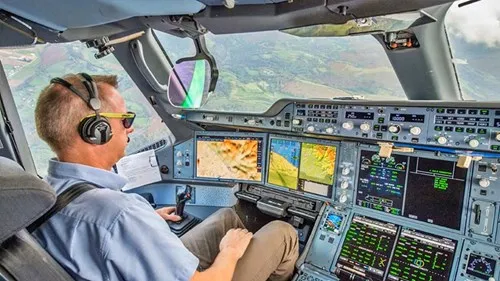
Automation means modern airliners, such as the A350, have range systems to help pilots (Airbus)
Airlines have been particularly silent on the SPO issue, speaking little in support despite being the biggest beneficiaries. According to an analysis conducted by the Air Line Pilots Association (ALPA) and Bryce Space & Technology Group, SPO could save U.S. airlines and air transport companies an estimated $8.3 billion per year in salaries, personnel costs and benefits. When asked directly by the popular aviation media, airlines generally refuse to comment on SPO. This reticence has inevitably led to a lot of speculation that airlines are actively lobbying original equipment manufacturers (OEMs) behind the scenes to begin the necessary development and seek regulatory approval.
Furthermore, airlines appear to have distanced themselves from manufacturers’ SPO efforts. Cathay Pacific was the first (and last) airline to join hands with Airbus to announce a formal SPO-related effort, when in 2021 they jointly announced the existence of “Project Connect.” However, specific details were scarce, with reports suggesting that industry briefings were conducted behind closed doors. Airbus has now renamed the project “Extended Minimum Crew Operations” (eMCO) and has removed any links to Cathay Pacific or any other airline.
Despite the airlines’ obvious desire to implement SPO as soon as possible, premature adoption by passenger airlines could be costly if the public is reluctant to accept it. After all, customers still have many other airlines to choose from that are still using the traditional two-pilot configuration. This may explain why no U.S. airline CEO has publicly supported the concept of reduced crews, despite European regulators actively pushing for a comprehensive safety analysis.
The view of the OEMs
OEM’s Perspective
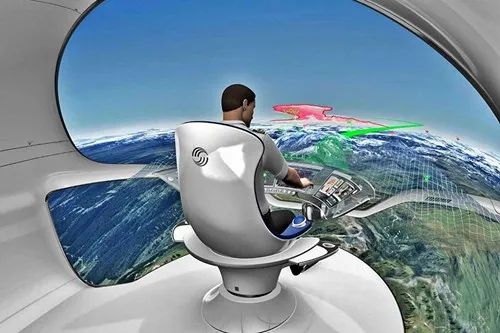
Airbus proposes a concept for a future single-pilot cockpit. (Airbus)
Just a month after becoming the new CEO of Airbus Commercial Aircraft, Christian Scherer backed the manufacturer's eMCO project in an interview with The Times, saying that passenger aircraft can already be flown by a single pilot.
On its website, Airbus describes eMCO as "an innovation that, thanks to additional automation, allows crews to better manage who needs to be in the cockpit during the cruise phase". However, Captain Jason Ambrosi, president of the Air Line Pilots Association (ALPA), called the use of the term "extended minimum crew operations" a "deliberate attempt to obfuscate the truth by not including the words 'single pilot'". Indeed, Airbus's autonomous project webpage does not mention the term "single pilot operations" and every time it uses the word "pilots" it is in the plural.
While Boeing has been less enthusiastic about SPO than its European counterparts, it is noteworthy that Boeing executives (like U.S. airline CEOs) have generally remained silent on their position on SPO.
Nonetheless, outside the United States, Alexander Feldman, president of Boeing Southeast Asia, stated at the 2022 Bloomberg Business Summit in Bangkok that “the technology for solo operations is already there. The key is comfort with regulators and the public. The psychological barriers may be harder to overcome than the technical barriers.” Such a statement may suggest that Boeing believes that people’s concerns about solo operations (SPO) are more emotional than rational. In the absence of a comprehensive safety analysis of SPO, this statement could easily give the impression that Boeing is indifferent to the safety impact, and it is worth noting that no other Boeing executives have made similar remarks in the past two years.
The view of the operators
Regulators’ perspective
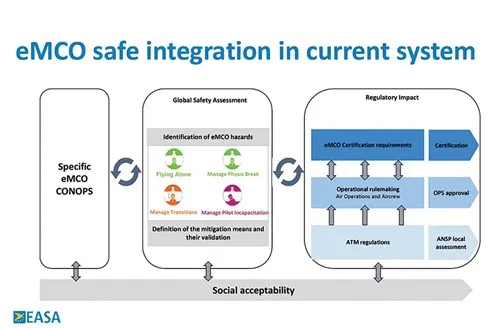
European Aviation Safety Agency towards SPO (EASA)
Regulators appear to recognize the importance of public opinion on the subject of single pilot operations (SPO) and have predictably remained neutral on the issue. However, many believe that the European Aviation Safety Agency’s (EASA) enthusiasm for a comprehensive analysis is indicative of its interest in future SPOs. EASA’s continued commitment to investigating SPOs is reflected in the award of a €1 million contract to Dutch company NLR to lead the preliminary study.
In addition to EASA’s push to fully explore the feasibility and safety impact of single-pilot operations (SPO), a graphic outlining a future roadmap to achieve SPO was recently presented (see Figure 1 below). Notably, the entire process is based on “social acceptability,” indicating the regulator’s recognition of the importance of public attitudes toward SPO.
Authorities publish documents and hold regular seminars on the feasibility of single-pilot operations (SPO). The global regulator, the International Civil Aviation Organization (ICAO), has given clear instructions to all national regulators that they will only accept the implementation of SPO if they can prove that the level of safety is at least maintained or even improved. In the ICAO working document, the introduction compares SPO with the previously introduced reduced vertical separation distance (RVSM), extended twin-engine operation (ETOPS) and required navigation performance (RNP); all of these concepts are justified by technological advances to reduce the safety distance between aircraft, terrain and alternate airports.
These special operations are now the norm and are implemented without resistance from the public or pilots’ unions.
The view of the pilot trade unions
The pilots union's view
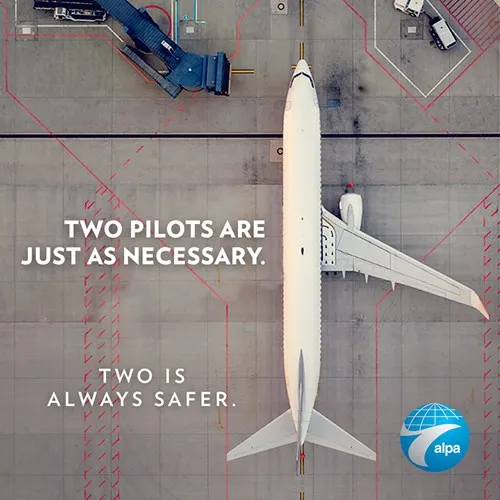
ALPA launches the "safety starts with 2" campaign (ALPA)
Compared to airlines, unions have been very vocal on the topic of Solo Pilot Operations (SPO). Ever since the International Civil Aviation Organization (ICAO) published a working paper inviting regulators to assess ways to mitigate the various risks arising from SPO, pilot unions around the world have united in a concerted campaign to question the authority of the concept. The unions are so united that they have a clear and coordinated strategy; to convince the public that SPO is inherently dangerous and that any airline considering the idea is one that prioritizes profits over safety.
They want the issue to be so controversial that no airline will be willing to be the first to agree with the OEM. If the OEM lacks a major user, then the entire SPO project will stall. ALPA's document clearly states this strategy, saying that "unless single-flight operations are generally accepted, early adopters will lose more safety-conscious customers.
Unions have also publicly stated that they do not trust regulators to properly police manufacturers’ behaviour, warning of a problem of “regulatory capture” where regulators effectively steal from the business interests of the very entities they are supposed to regulate.
Due to the lack of trust, the European Cockpit Association called for the involvement of experts not associated with the regulator in the preparation of the safety case.
The unions have adopted an approach similar to that used by political parties in election campaigns. The Safety Starts with 2 website provides readers with a “social media toolkit” with complete campaign materials ready for site visitors to add directly to their own social media feeds.
They also recruited aviation luminaries to expand their influence, such as Capt 'Sully' Sullenberger, the famous captain of the Miracle on the Hudson River in New York City.
Given that pilot unions around the world have a united front on the issue of Sole Pilot Operations (SPO), it is not surprising that the risks and drawbacks they cite regarding SPO are all consistent. In addition to the numerous scenarios where SPO would reduce safety margins, the unions claim that any continued or further investment in SPO research and development would mean that fewer resources would be available to pursue other more valuable initiatives (i.e. environmental initiatives).
In addition to the actions described above, the unions have been highly critical of airlines participating in the SPO safety case study, which may indicate that the unions lack confidence that traditional and rational safety assessments (inevitably conducted by regulators) can reach the conclusions they expect. They may prefer to block the idea as soon as possible before the safety analysis is carried out.
Conclusion
in conclusion

Would you fly in a single-pilot airliner?
Airlines appear to be keeping their distance from the topic, neither issuing any official statements nor engaging publicly with OEMs or regulators. This could be seen as deliberate public opinion management. OEMs are somewhat shielded from the negative impact of public opposition, as the public is not their direct customer. They are relatively cautious on the issue, occasionally issuing brief statements on the technical feasibility of solo pilot operations (SPO). Regulators, especially EASA, as a public-facing organization, are meant to fully evaluate the feasibility of SPO, but they often reiterate the International Civil Aviation Organization (ICAO) requirement for a safety level at least the same as with a two-pilot system. If airlines are indeed secretly pushing for SPO in private (as unions often claim), it is understandable that the airlines themselves rarely speak out publicly, under the cover of OEMs and regulators.
Pilot unions around the world have shown unprecedented solidarity on the issue of Sole Pilot Operations (SPO). In addition, they have launched a well-coordinated and significant public information campaign, clearly aimed at convincing the public that SPO is the right thing to do.
It would be extremely dangerous, and any airline that gave credence to this idea would be one that put profits before safety. ALPA even stressed the importance of the “will of the masses” in its document on the dangers of SPO, a term with strong political connotations. Moreover, the distribution of campaign materials and the call for supporters to “spread the word” suggest that the union is approaching this issue like a well-organized political party ahead of the upcoming elections.
The Zinn study, which measured changes in pilots’ attitudes toward SPOs after they were fully informed of various risk mitigation strategies, is very useful. Studies such as those that assess how the public’s opinions change as they are given more information are valuable because they will provide stakeholders with a basis for determining whether they should focus more on winning the public’s emotional support or on communicating technical information to the public.
